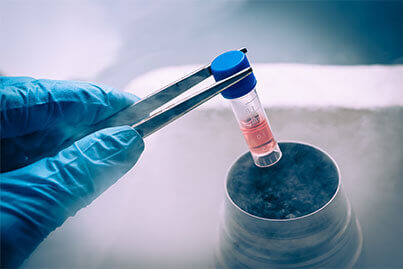Hysteroscopy a medical procedure carried out using hysteroscope, a thin, lighted tube that can be inserted into the vagina to examine the cervix and inside of the uterus. Hysteroscopy can be either diagnostic or operative. Diagnostic hysteroscopy is often used to confirm results of tests, such as hysterosalpingography (HSG). HSG is an X-ray dye test used to check the uterus and fallopian tubes. Surgery in Hysteroscopy involves placing of a small telescopic instrument within the uterine cavity and examining the cavity. Scar tissues, polyps or small fibroid tumours can be removed through this process. This procedure has few surgical risks compared to an abdominal hysterectomy and is viable option for purposes like stopping or reducing menstrual flow or for removing small fibroids or polyps while preserving a young woman’s fertility.
In Laparoscopic-assisted vaginal hysterectomy small incision is made in navel and abdomen, detaching it from the upper attachments of the uterus or ovaries before completing the procedure.
Then LVAH is performed. Using this technique, perhaps 75-80% of abdominal hysterectomies can be done through a vaginal approach. Typical hospital admission for this surgery is around 24 to 48 hours and convalescence can be as little as 2-4 weeks.

